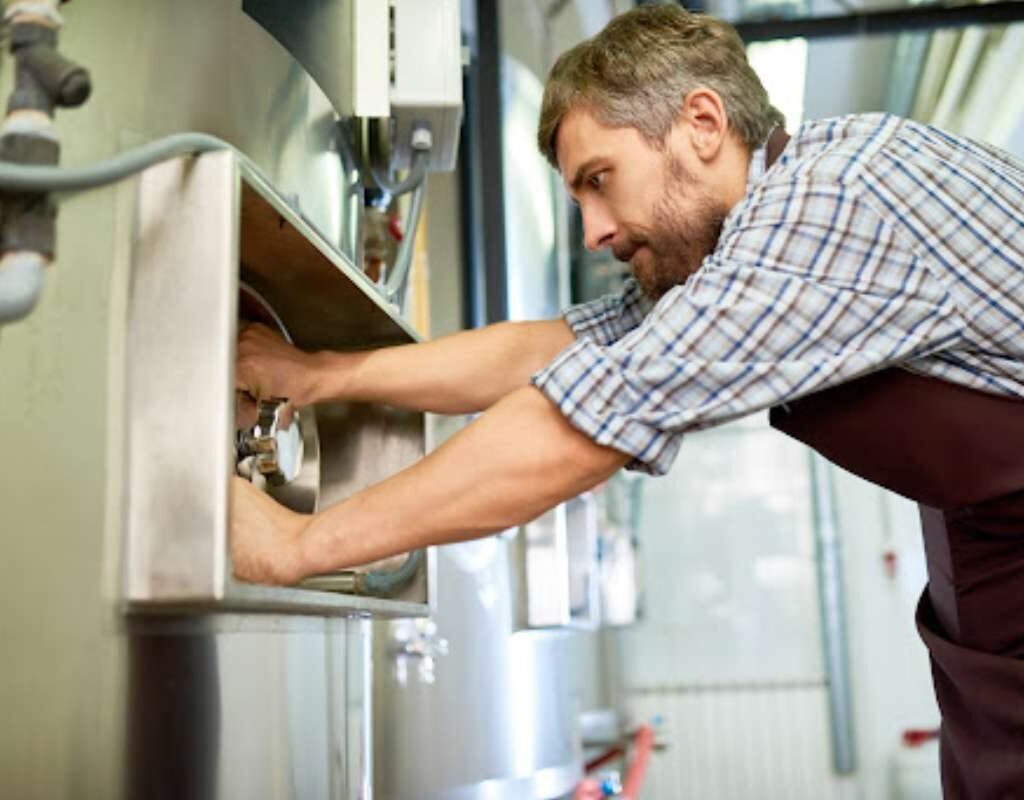Commercial-grade equipment is one of the trickiest parts of starting a small business. Okay, so it can definitely be agreed by basically everyone out there that starting a small business is a whirlwind of excitement, decisions, and maybe a little bit of chaos. But what’s one of the trickiest parts? Well, it’s just trying to avoid any pitfalls, that’s what.
Actually, if we’re getting more specific here, it’s figuring out what equipment to buy. Sure, it’s easy to think, “This works perfectly fine at home, so it’ll be great for the business too.” Well, no, it usually won’t be like that. In fact, choosing the wrong equipment, especially consumer-grade instead of commercial-grade, can really throw a wrench in your plans.
Overall, just trying to save money by cutting corners on equipment might feel smart at first, but it can cost you big time down the road.
Steps to Choosing the Right Commercial-Grade Equipment:
1. Thinking “Good Enough” is Good Enough
At home, that cute little dishwasher from a big-box store is perfect for cleaning up after dinner. But in a café, cranking out hundreds of dirty plates a day? Well, it’s kind of like bringing a butter knife to a sword fight. So, consumer-grade products just aren’t built to handle the constant use (and abuse) they’ll get in a business setting. Products in a business are used far more than at home.
In fact, commercial-grade equipment is a whole different beast. For the most part, it’s faster, sturdier, and designed to keep going, even during the busiest days. Yes, it’s more expensive upfront, but the long-term savings on repairs and replacements make it worthwhile. However, keep in mind that you have options when it comes to financing equipment, such as in the restaurant business. For example, you may want to look into the possibility of a restaurant equipment financing solution like lease-to-own. This way, you can get the commercial-grade restaurant equipment you need now to run your restaurant and serve your customers. You can avoid cutting corners, boost productivity, and not have to worry about your finances taking a nosedive.
2. Forgetting That Business Tools Aren’t Just Bigger Home Tools

There’s this idea that commercial tools are just the “XL” versions of what you’d use at home. Yes, you’ve read that right. But they’re not; they’re designed for entirely different workloads (and that’s where people really mess up). That mop at home might be fine for keeping your kitchen floor clean, but it’s not going to cut it in a high-traffic space like a retail store or restaurant.
Actually, here’s another example that involves some cleaning (but a little more extreme). Sometimes, the cleaning needs to be done on a heavy-duty basis, such as for the exterior (like a parking lot, sidewalk, or even the walls of the storefront). So, basic cleaning tools won’t cut it.
That pressure washer you bought from Amazon for half off is definitely not going to cut it! You need commercial-grade equipment and pressure washing equipment that’s commercial grade, and what you buy that’s only for consumers is literally in different ballparks.
3. Chasing Cheap Over Quality

When you’re starting out, every dollar counts. But there’s a big difference between being cost-conscious and cheap. Yes, it’s pretty major! Sure, consumer-grade equipment costs less upfront, but how much will you spend on repairs, replacements, or downtime when it breaks?
Now, that’s something that you really need to think about, too! Here’s the best way to think of it: commercial-grade equipment is an investment, and while it might make you wince at the price tag, it’s built to last.
4. Skipping the Learning Curve

Overall, getting around to buying the right equipment isn’t just about the machine itself; no, that’s only the “tip of the iceberg.” It’s about knowing how to use it. Commercial-grade equipment isn’t always plug-and-play. It’s faster, stronger, and sometimes a little intimidating if you’re new to it. Plus, skipping training can lead to mistakes, accidents, or just plain frustration (and maybe costing more money too).









